-
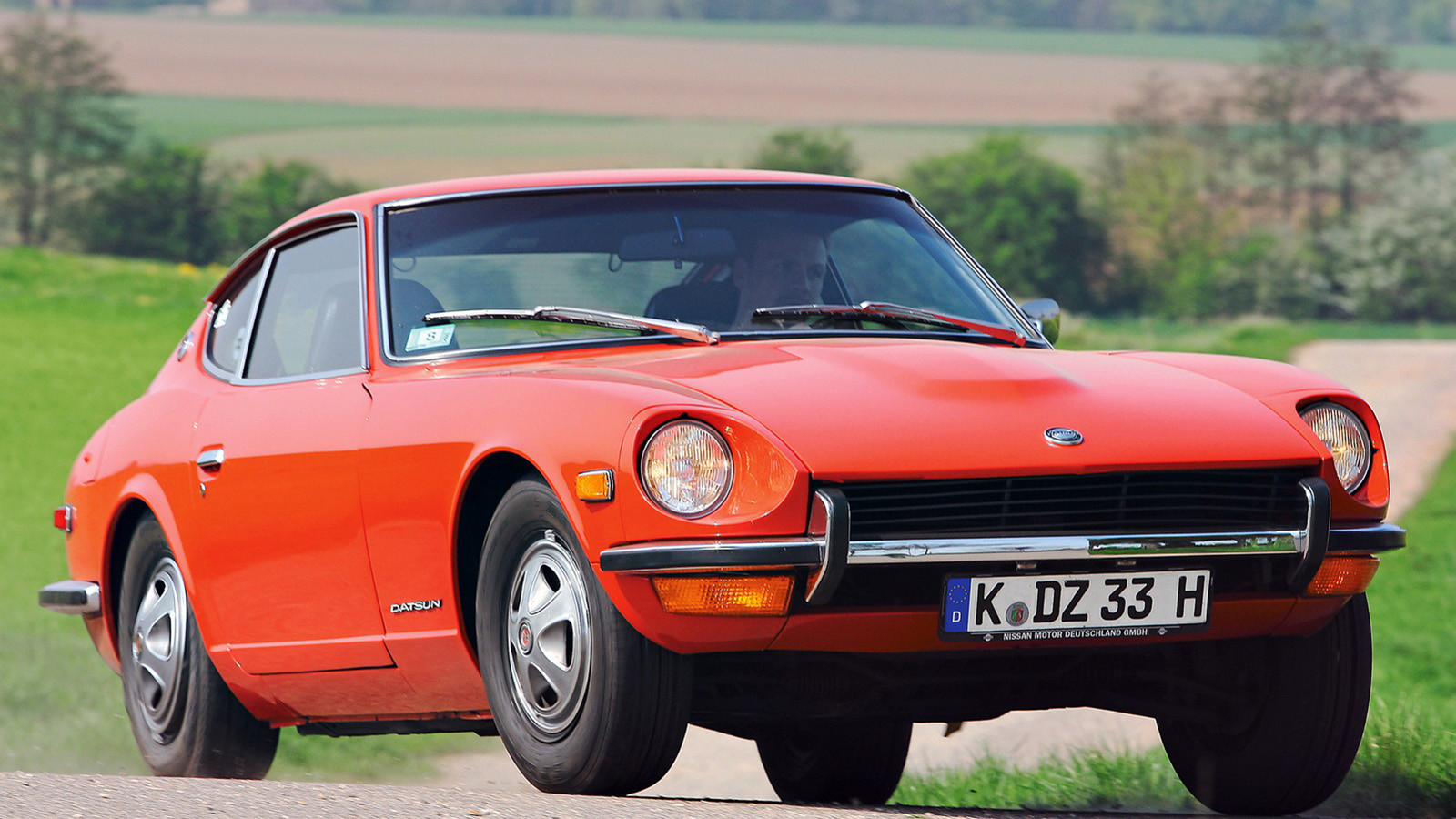 © Nissan
© Nissan -
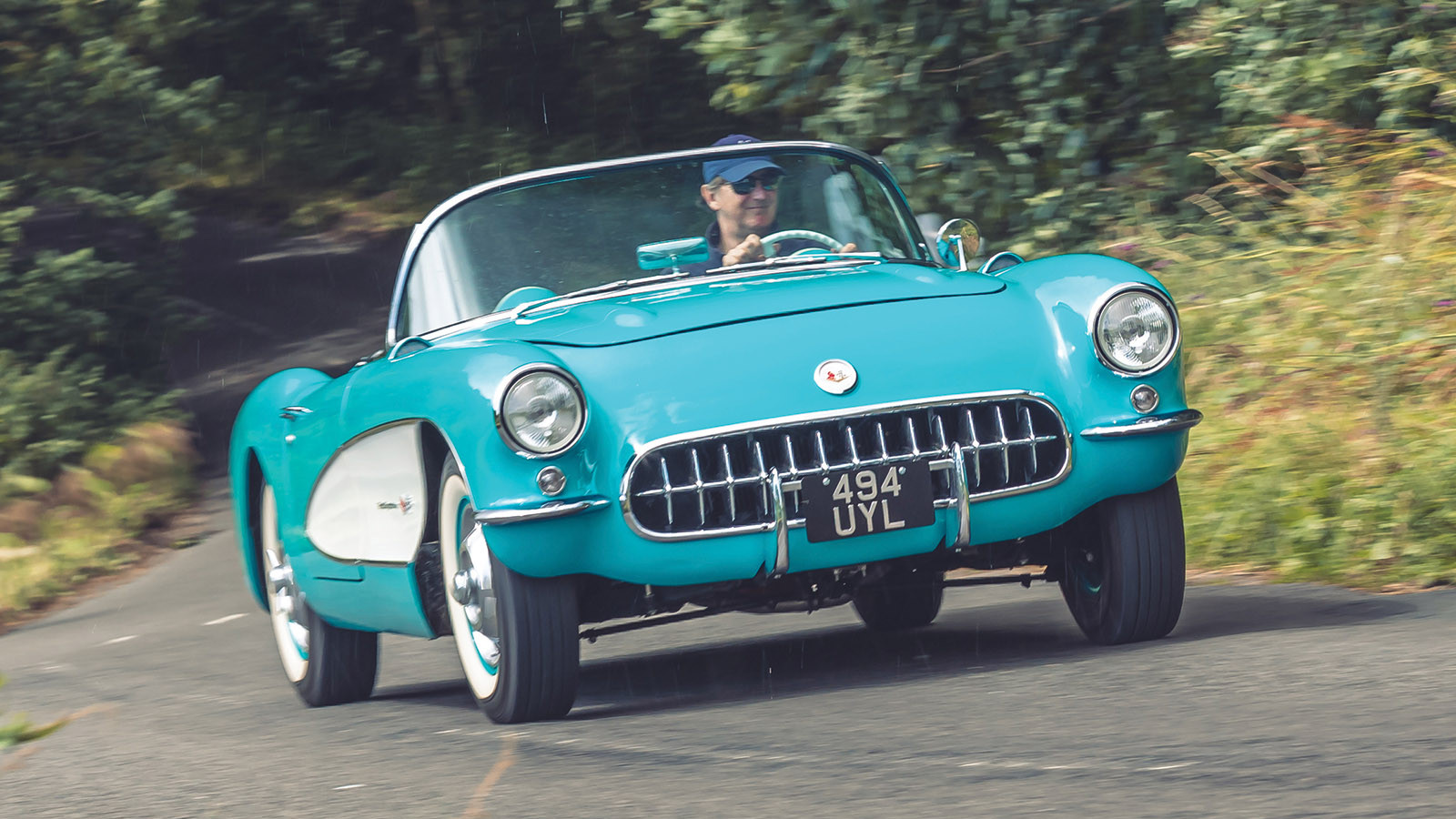 © Max Edleston/Classic & Sports Car
© Max Edleston/Classic & Sports Car -
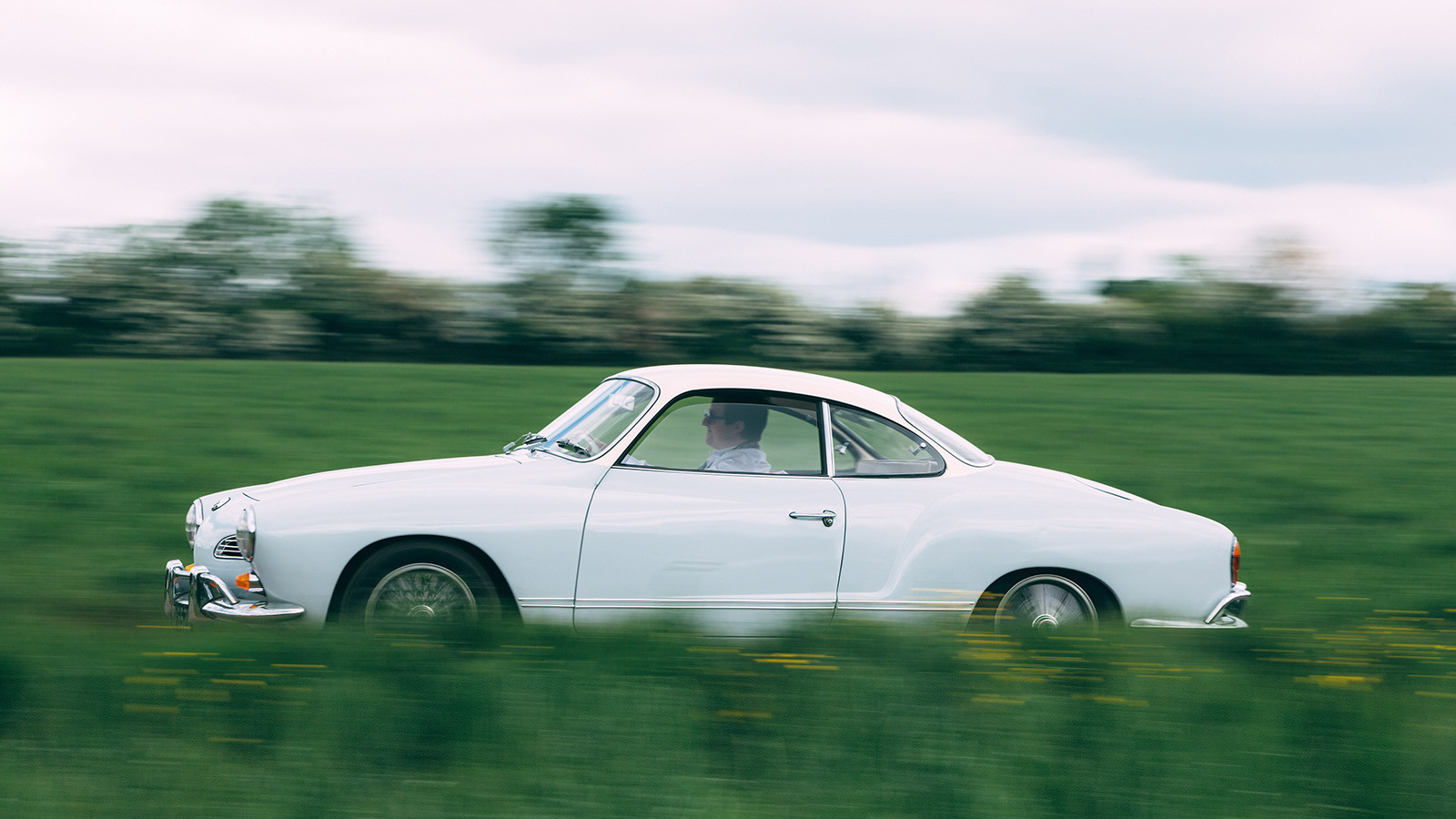 © Malcolm Griffiths/Classic & Sports Car
© Malcolm Griffiths/Classic & Sports Car -
 © Citroën
© Citroën -
 © Tony Baker/Classic & Sports Car
© Tony Baker/Classic & Sports Car -
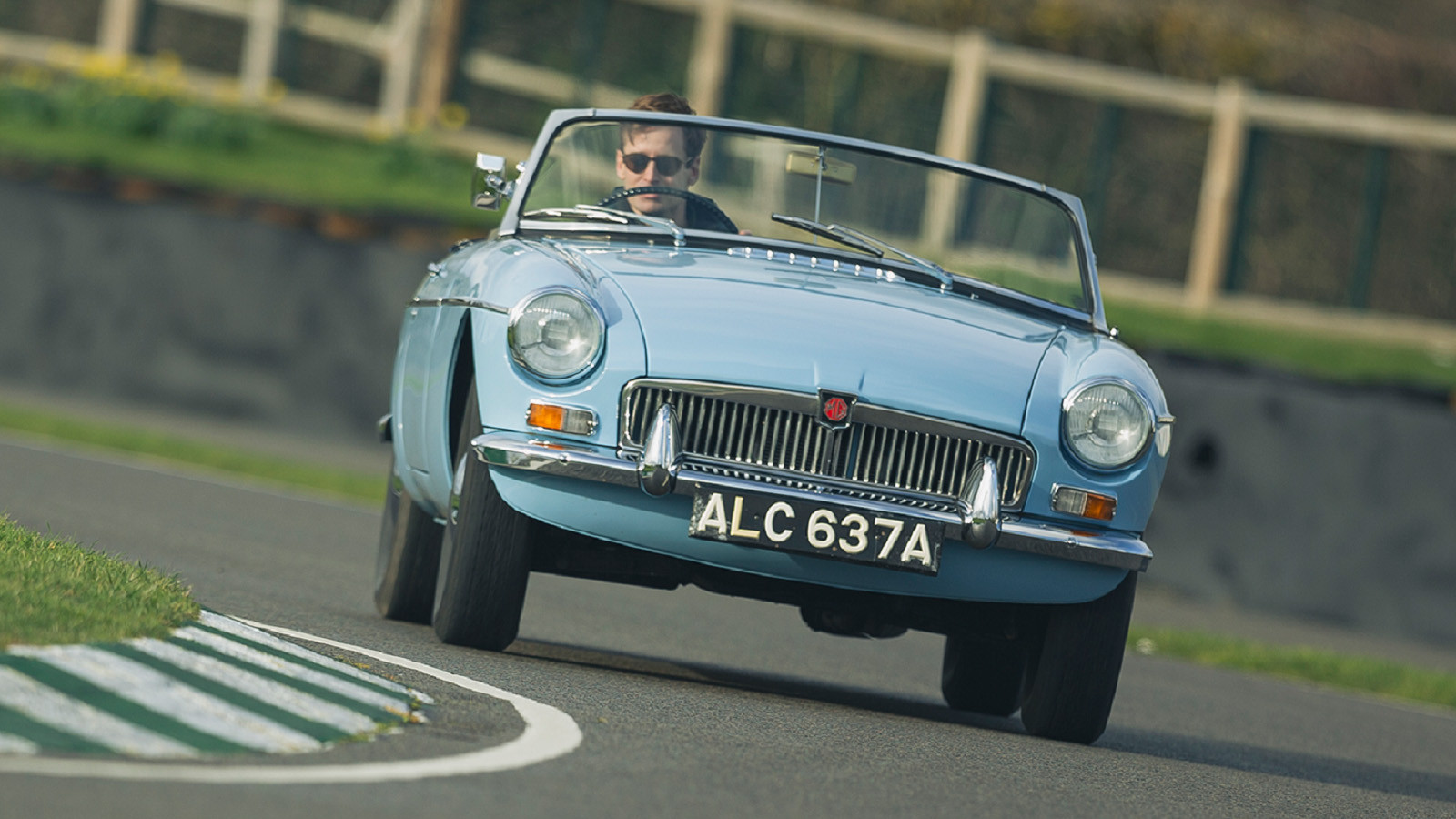 © Luc Lacey/Classic & Sports Car
© Luc Lacey/Classic & Sports Car -
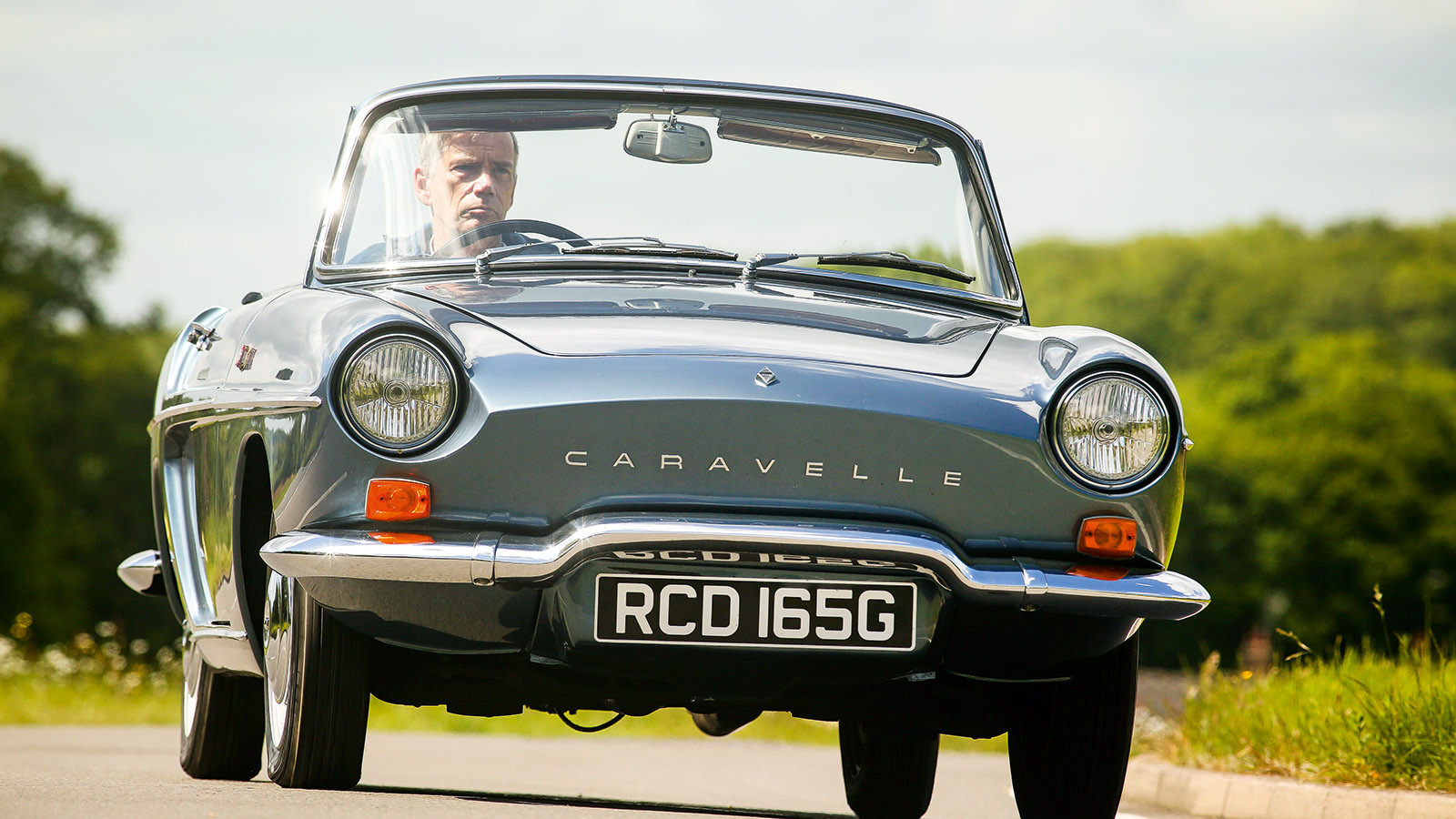 © Tony Baker/Classic & Sports Car
© Tony Baker/Classic & Sports Car -
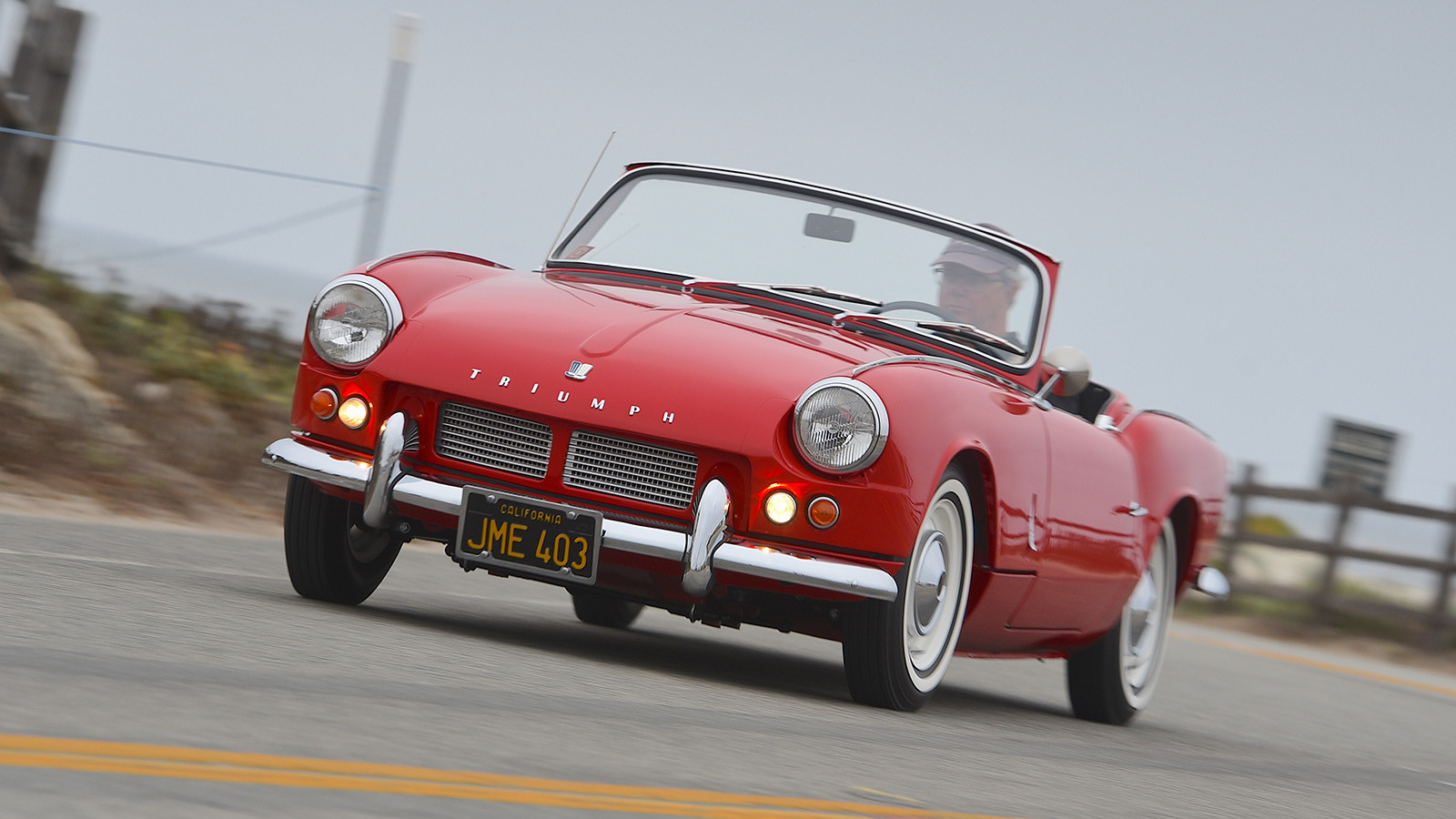 © Will Williams/Classic & Sports Car
© Will Williams/Classic & Sports Car -
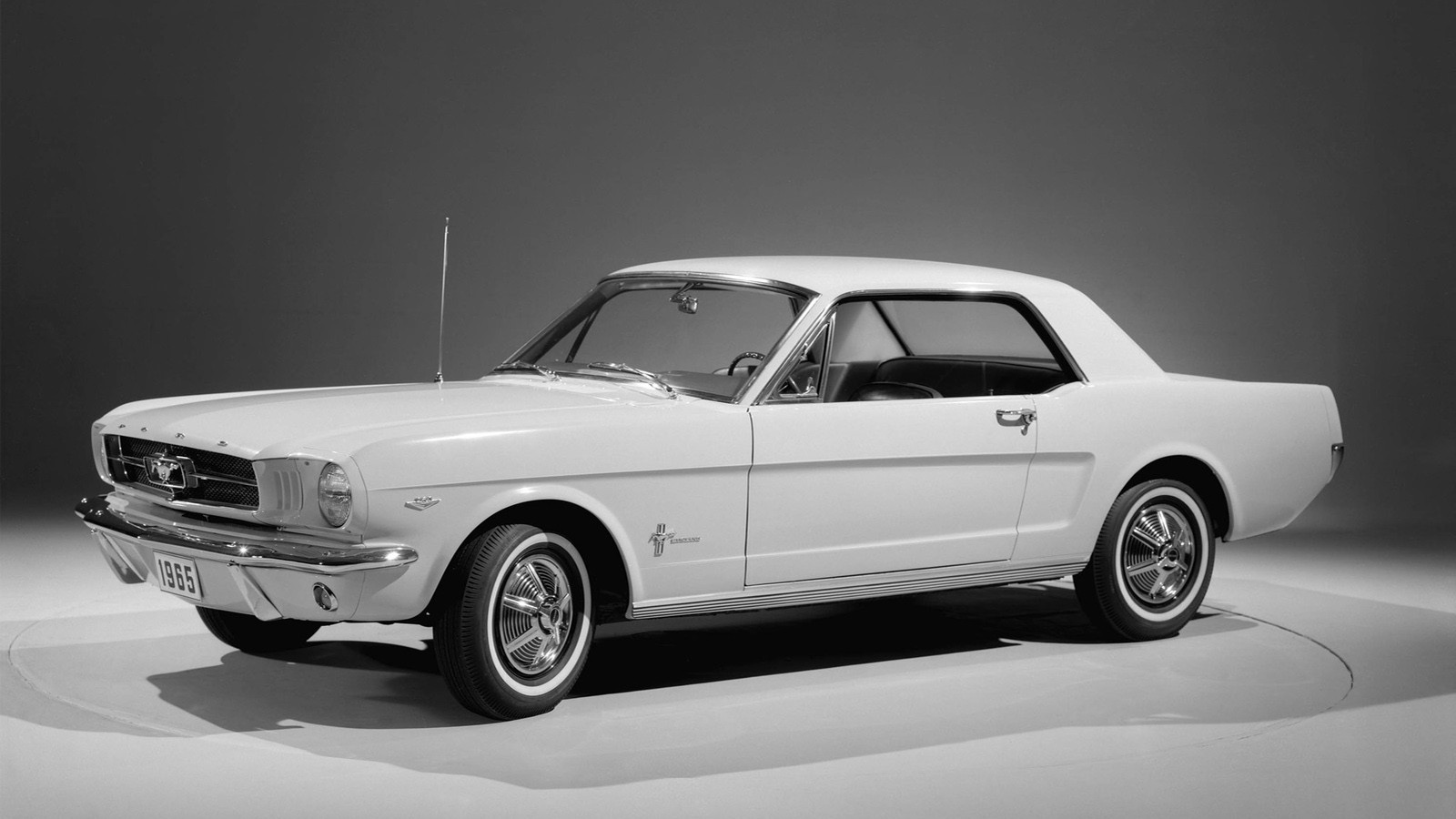 © Ford Motor Company
© Ford Motor Company -
 © Luc Lacey/Classic & Sports Car
© Luc Lacey/Classic & Sports Car -
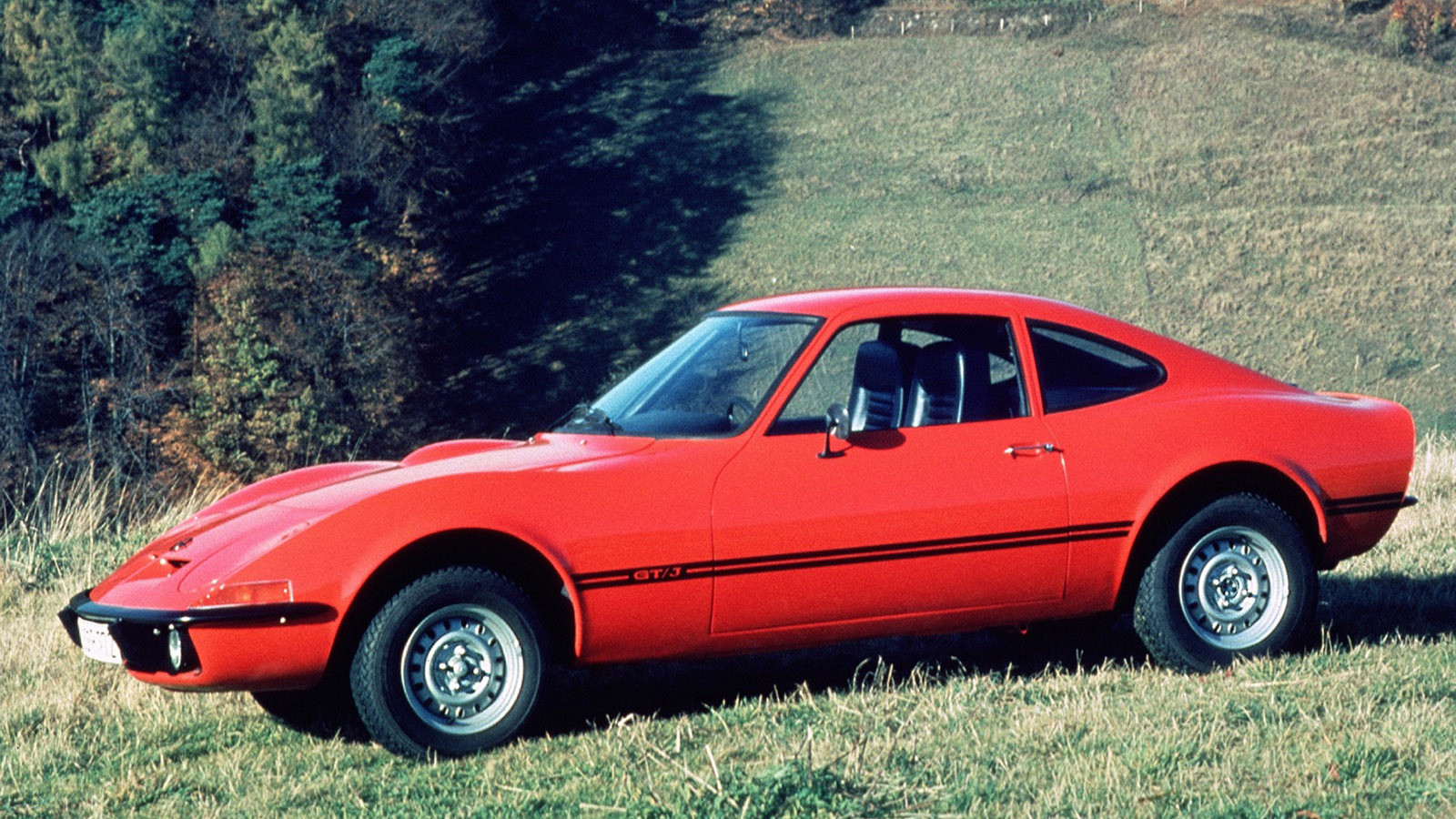 © Opel
© Opel -
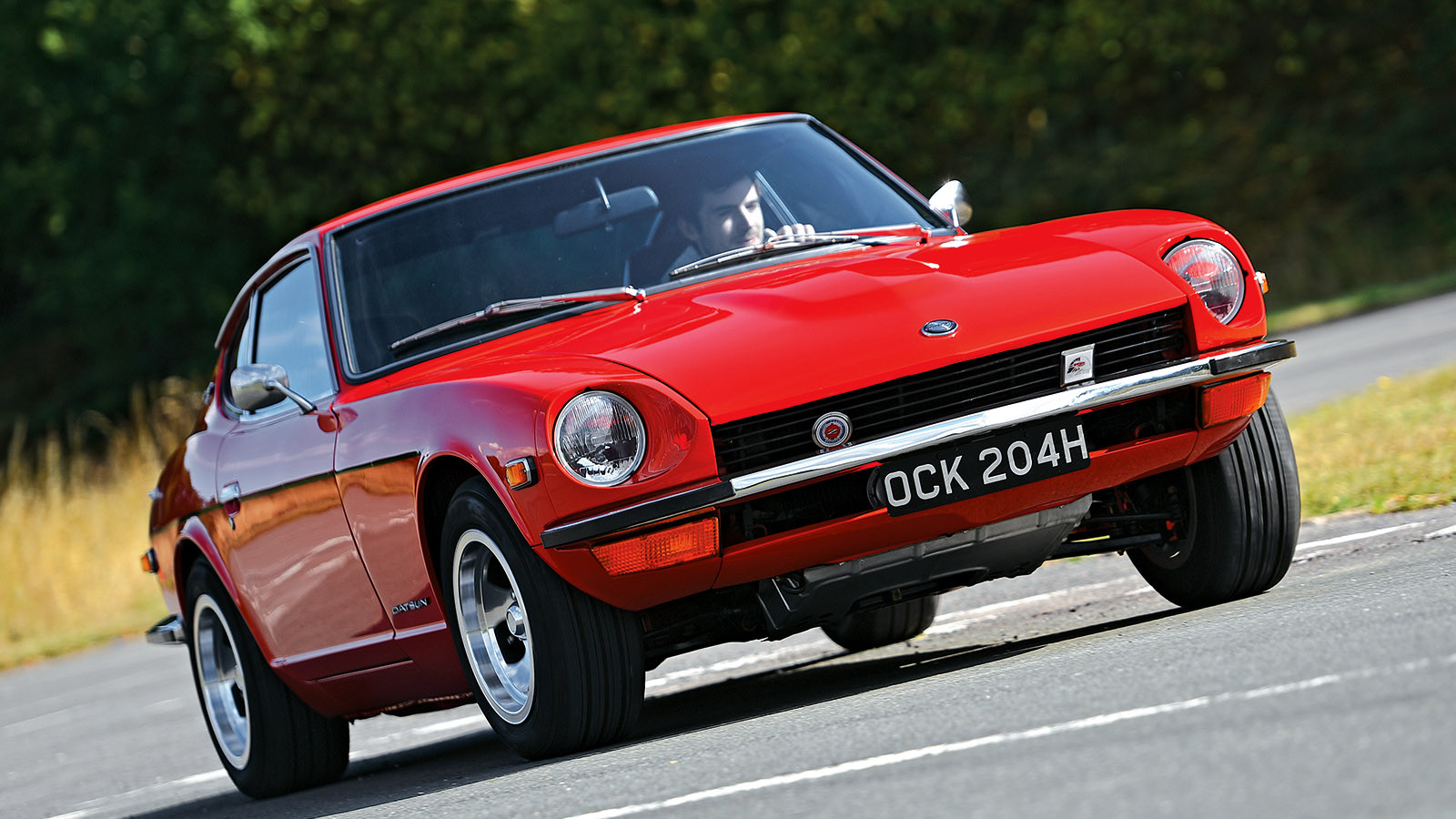 © Will Williams/Classic & Sports Car
© Will Williams/Classic & Sports Car -
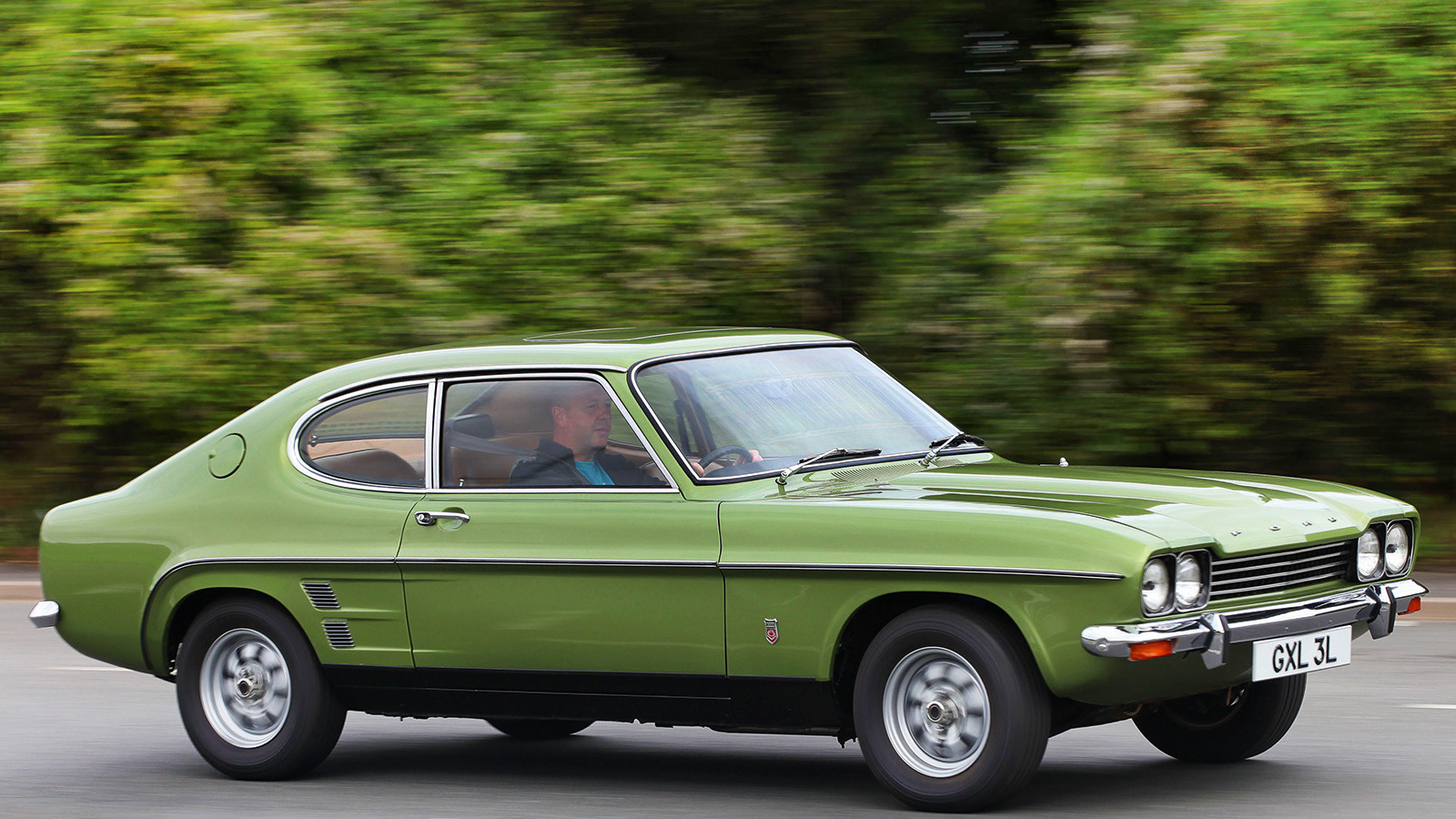 © James Mann/Classic & Sports Car
© James Mann/Classic & Sports Car -
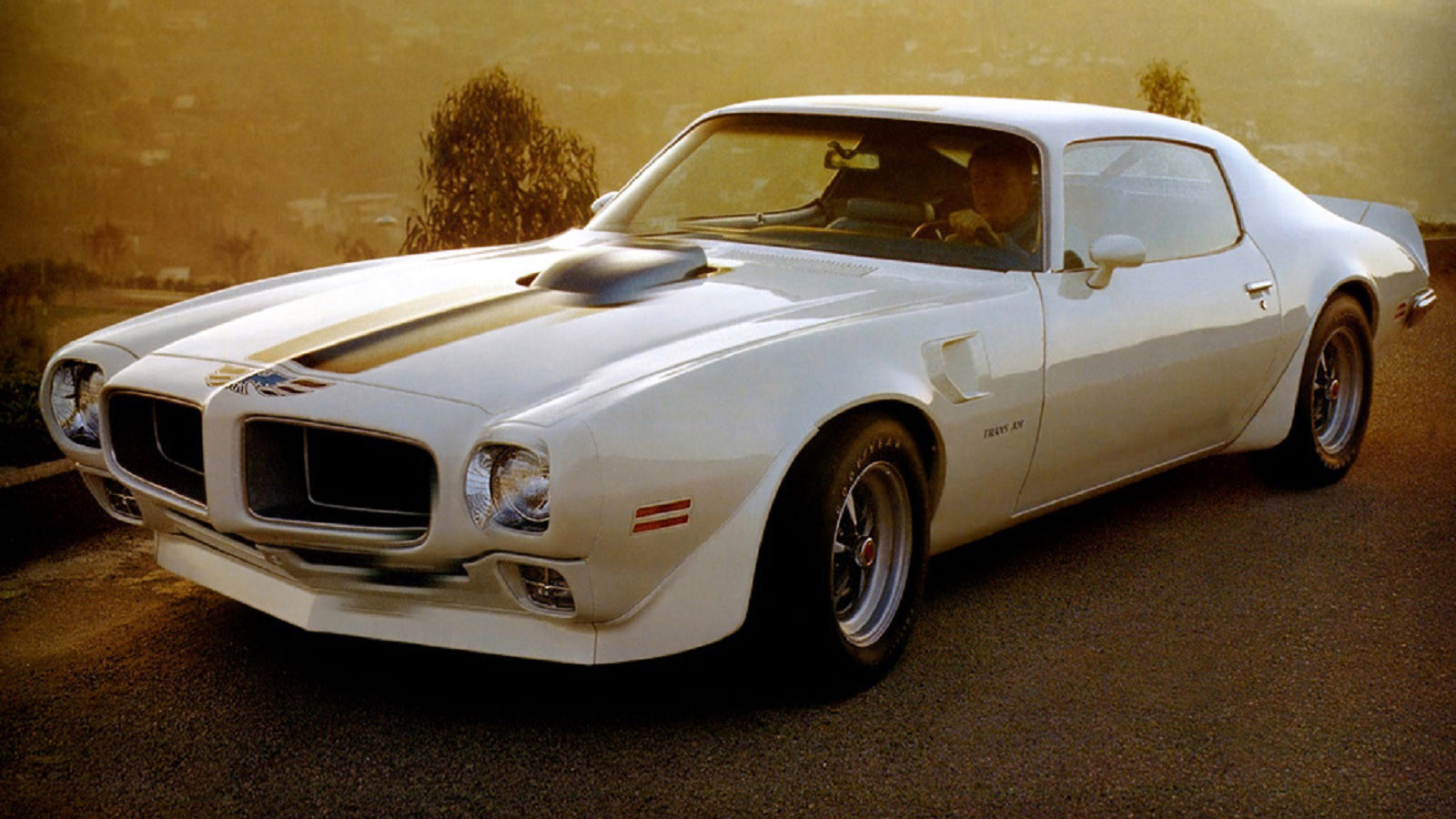 © Pontiac
© Pontiac -
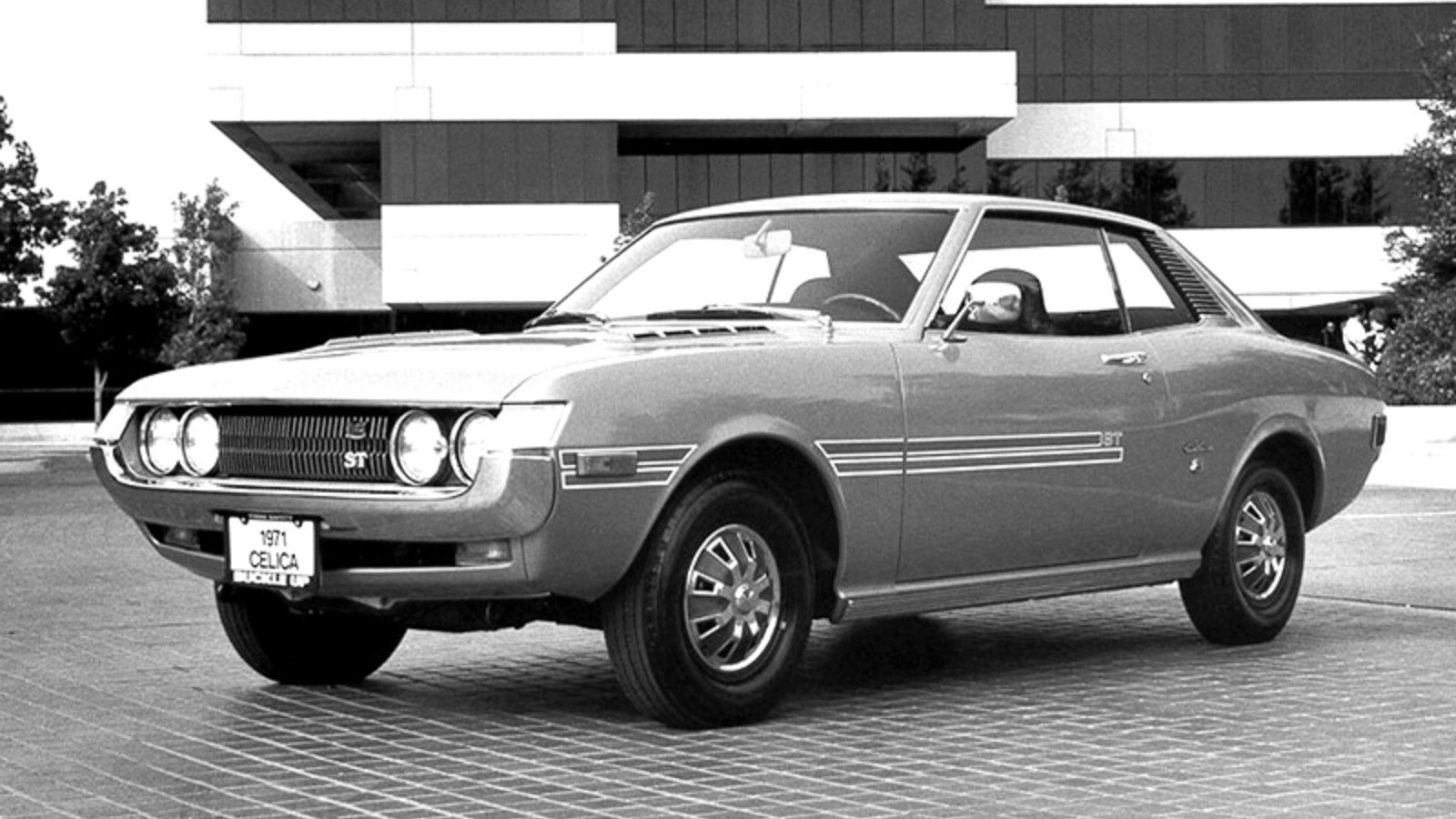 © Toyota
© Toyota -
 © Max Edleston/Classic & Sports Car
© Max Edleston/Classic & Sports Car -
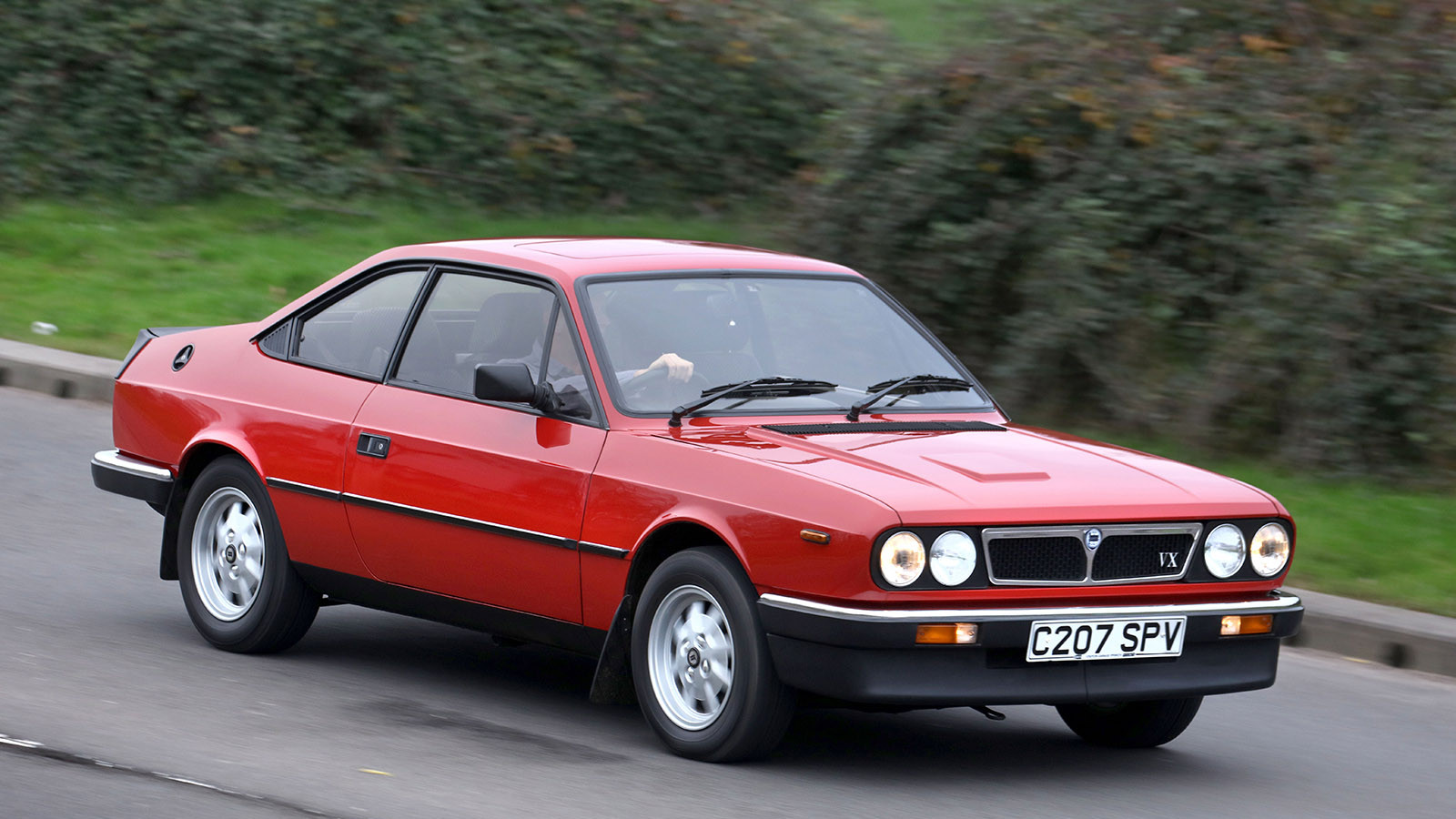 © James Mann/Classic & Sports Car
© James Mann/Classic & Sports Car -
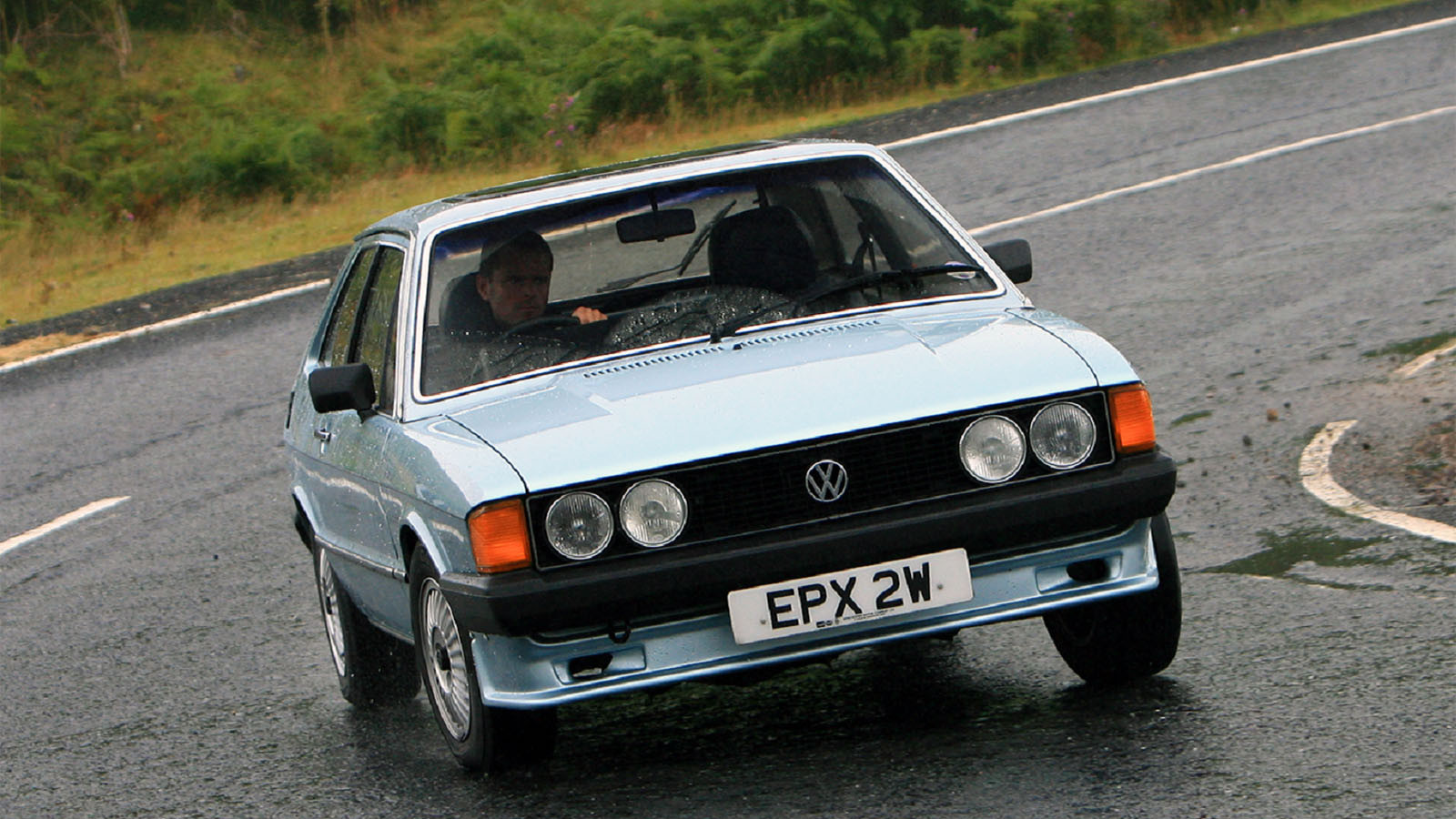 © Haymarket Automotive
© Haymarket Automotive -
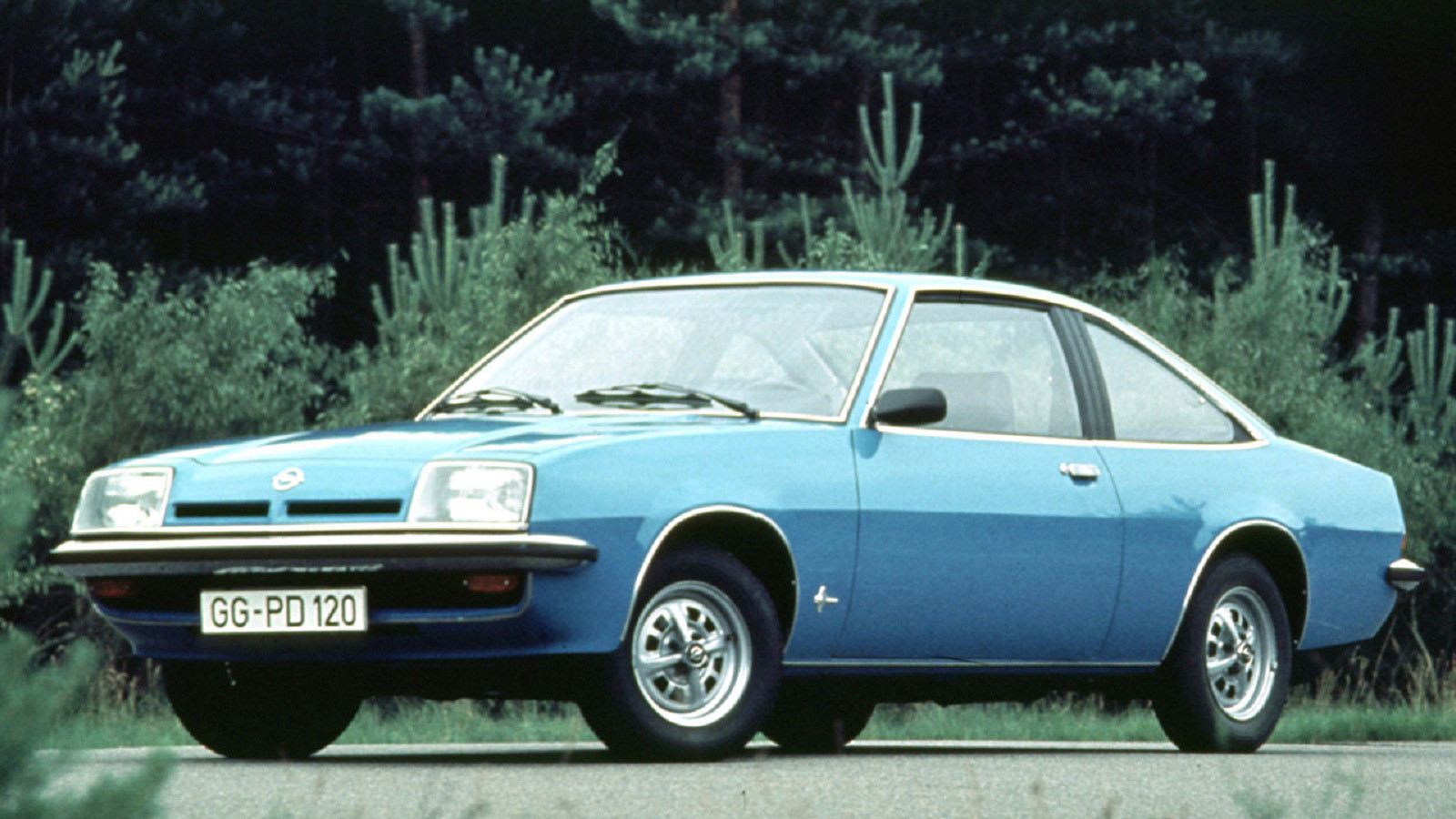 © Opel
© Opel -
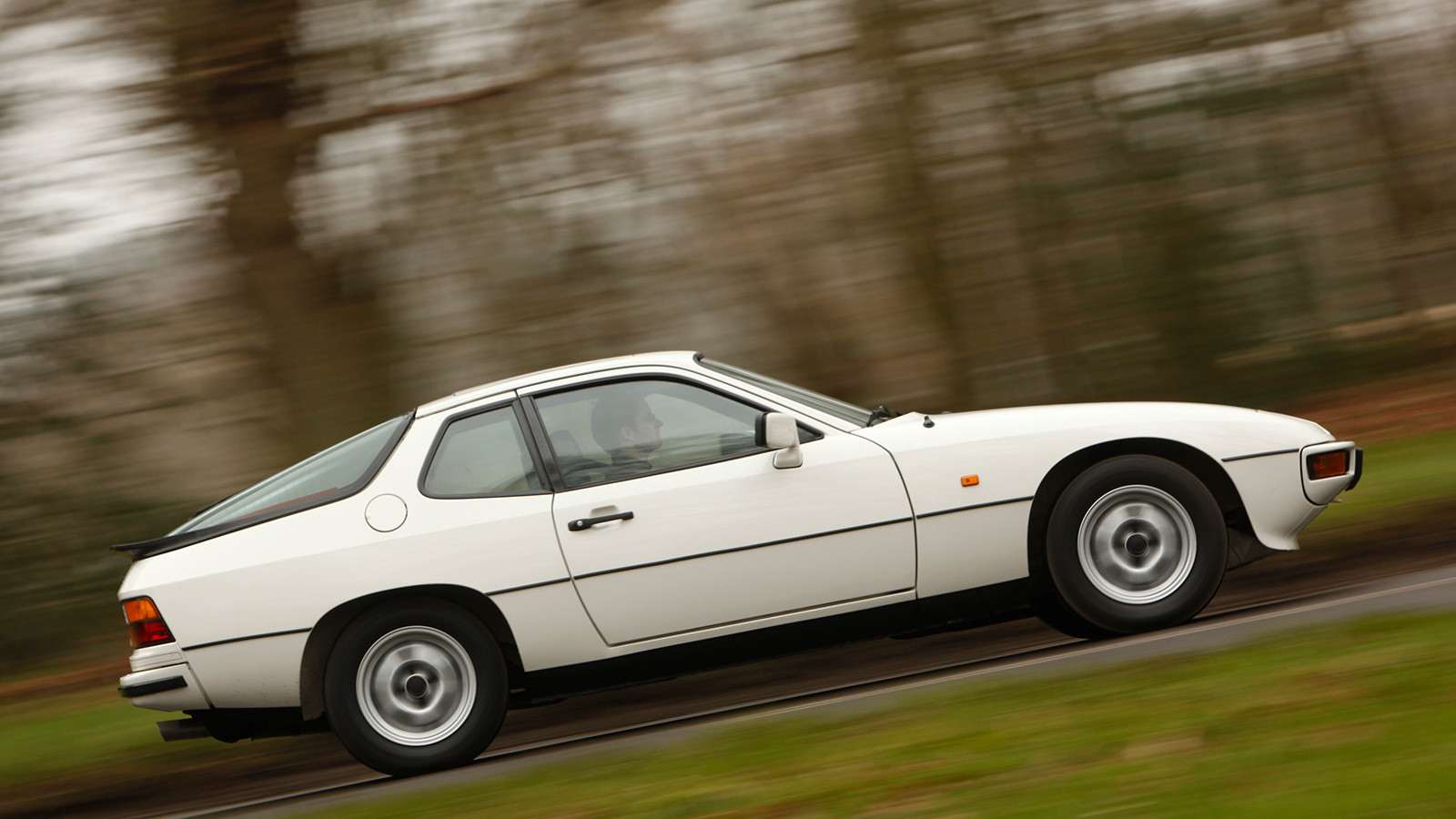 © Tony Baker/Classic & Sports Car
© Tony Baker/Classic & Sports Car -
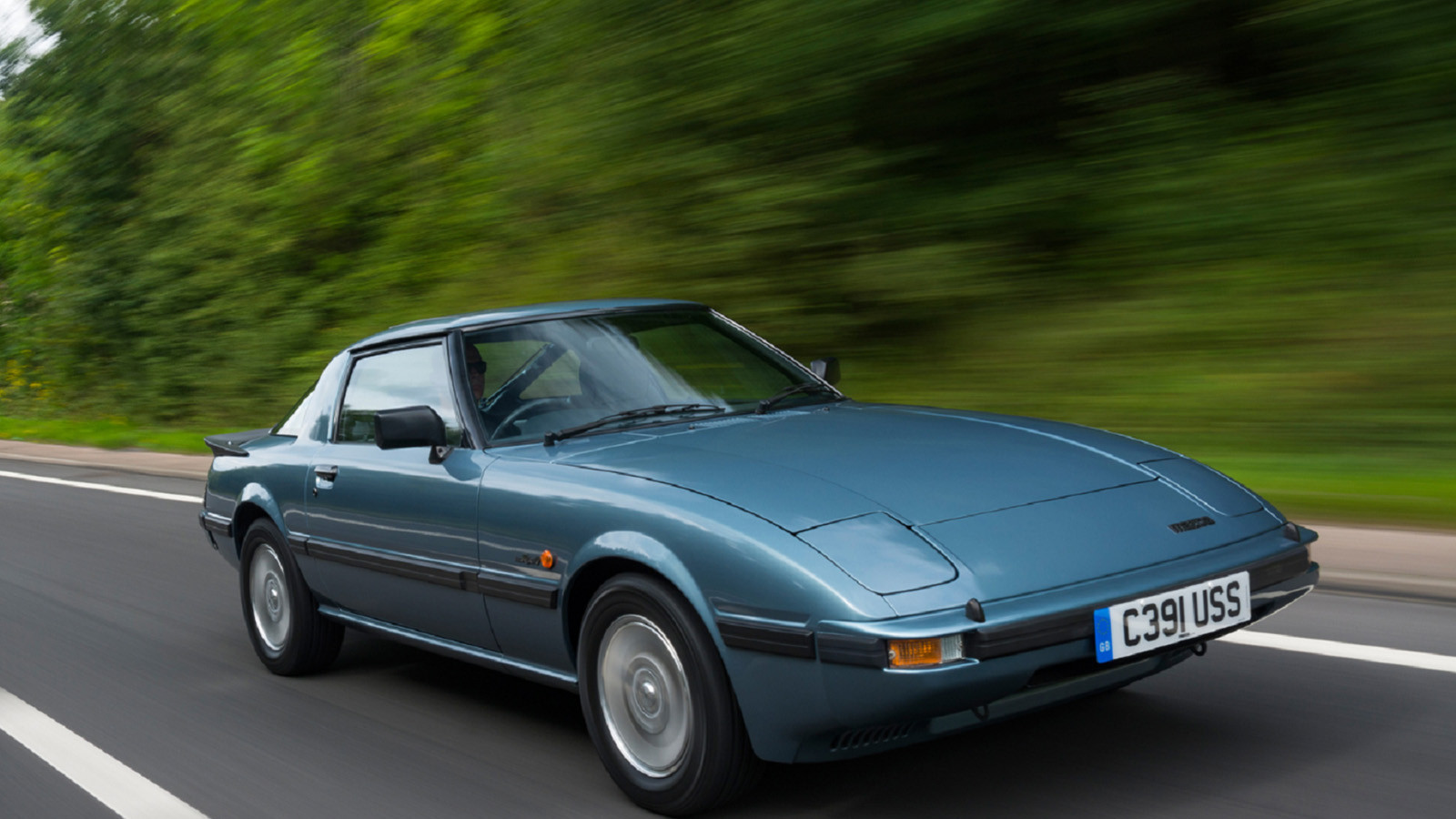 © Mazda
© Mazda -
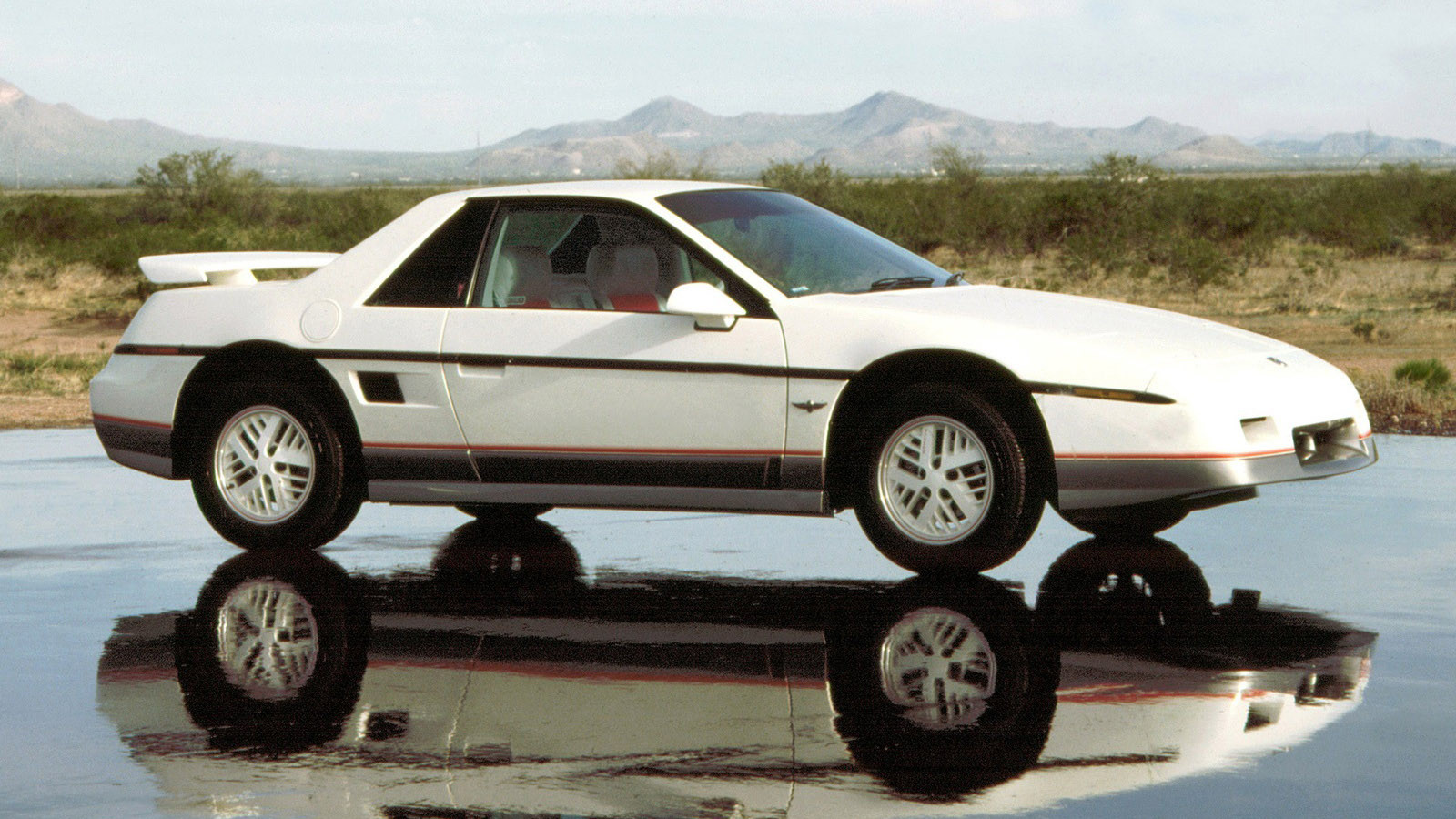 © Pontiac
© Pontiac -
 © Toyota
© Toyota -
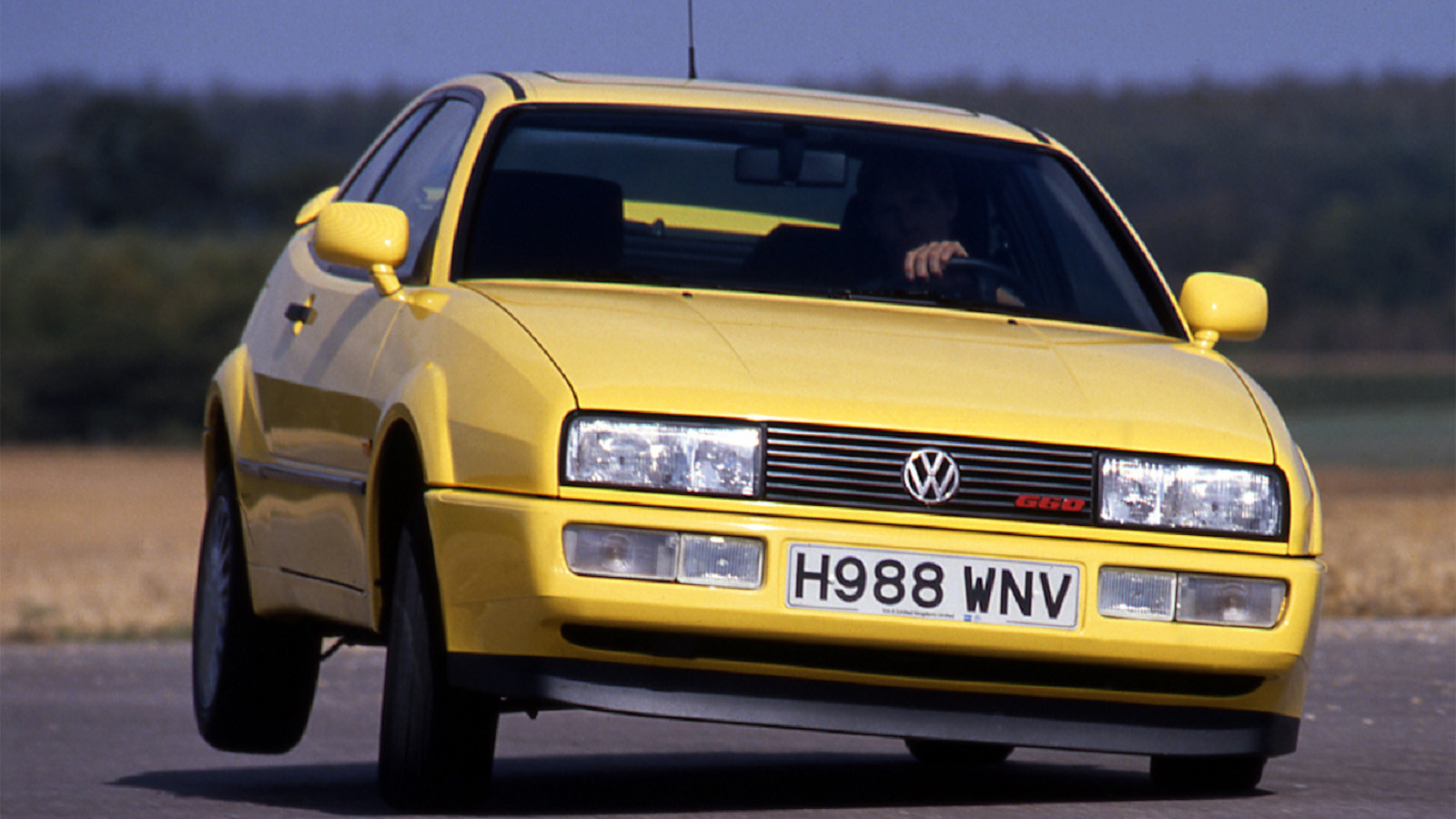 © Haymarket Automotive
© Haymarket Automotive -
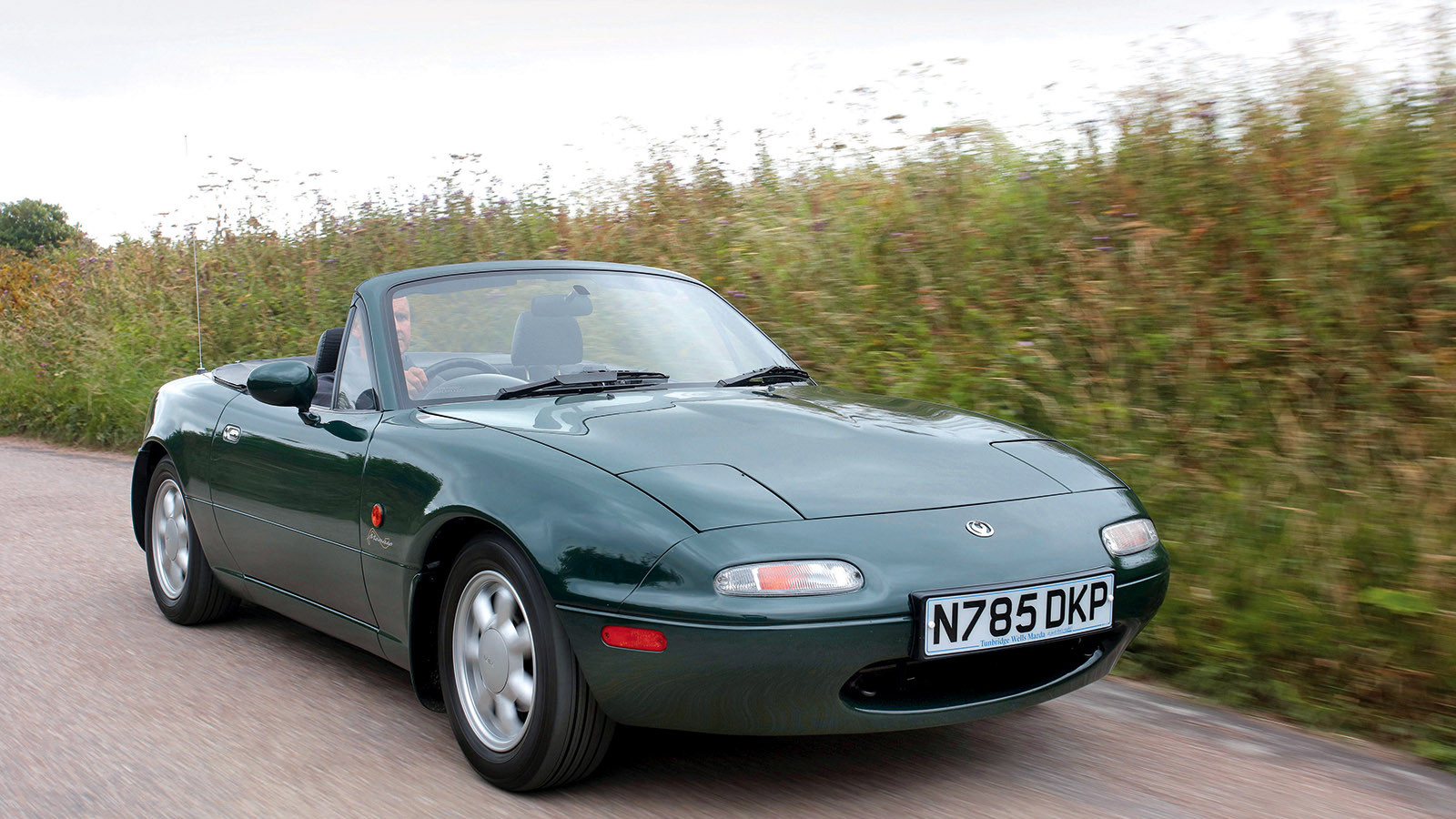 © James Mann/Classic & Sports Car
© James Mann/Classic & Sports Car -
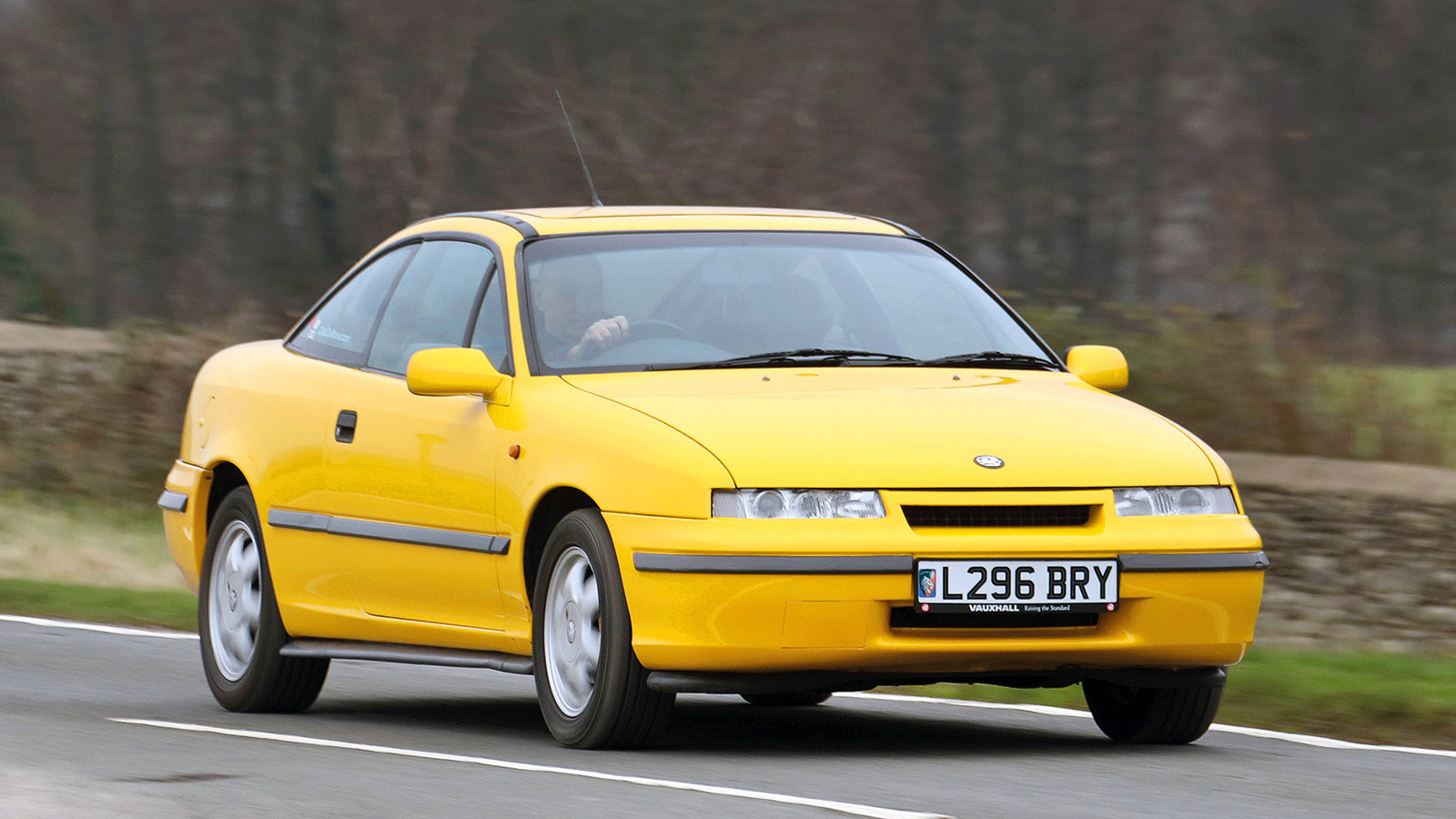 © James Mann/Classic & Sports Car
© James Mann/Classic & Sports Car -
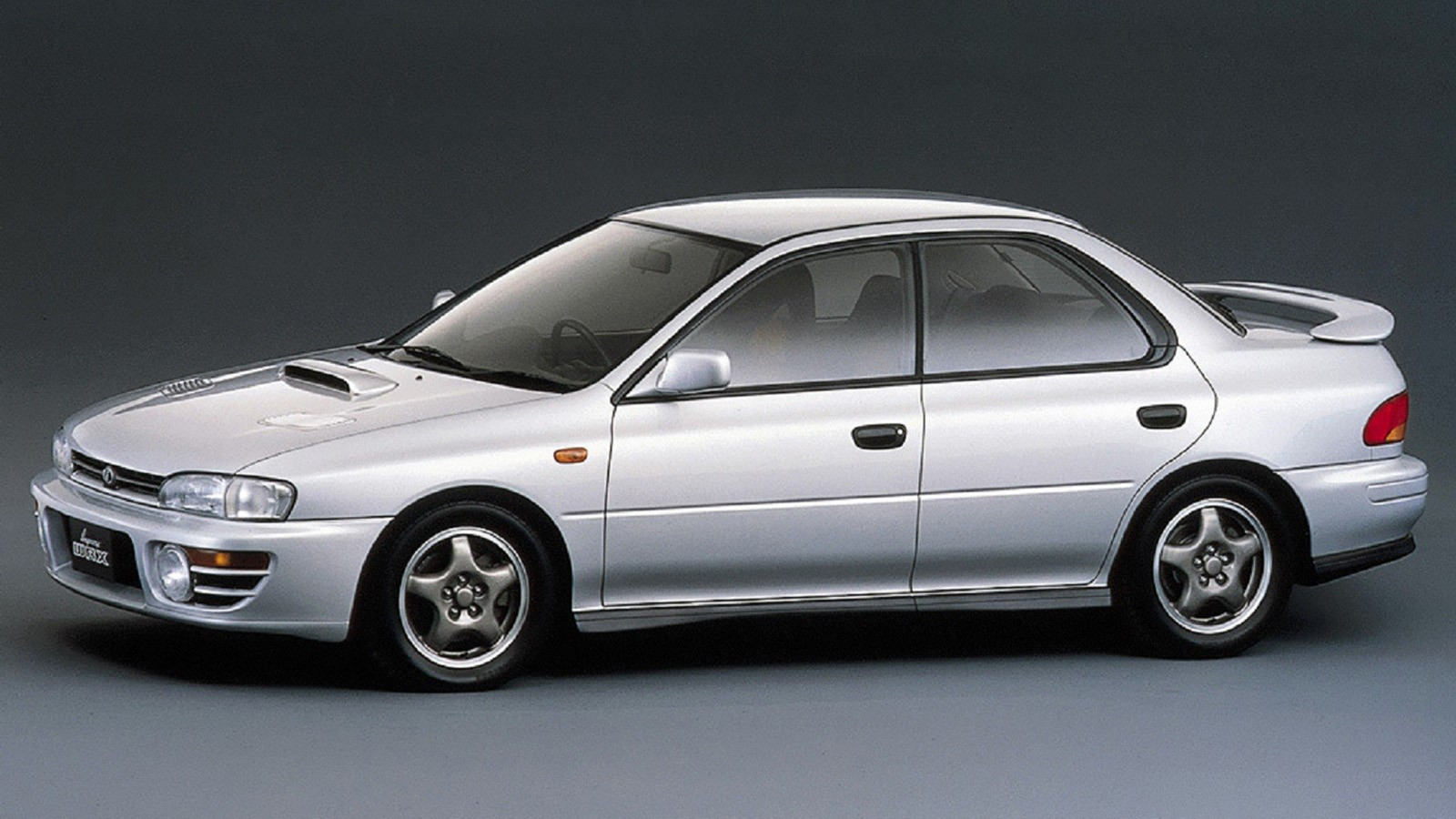 © Subaru
© Subaru -
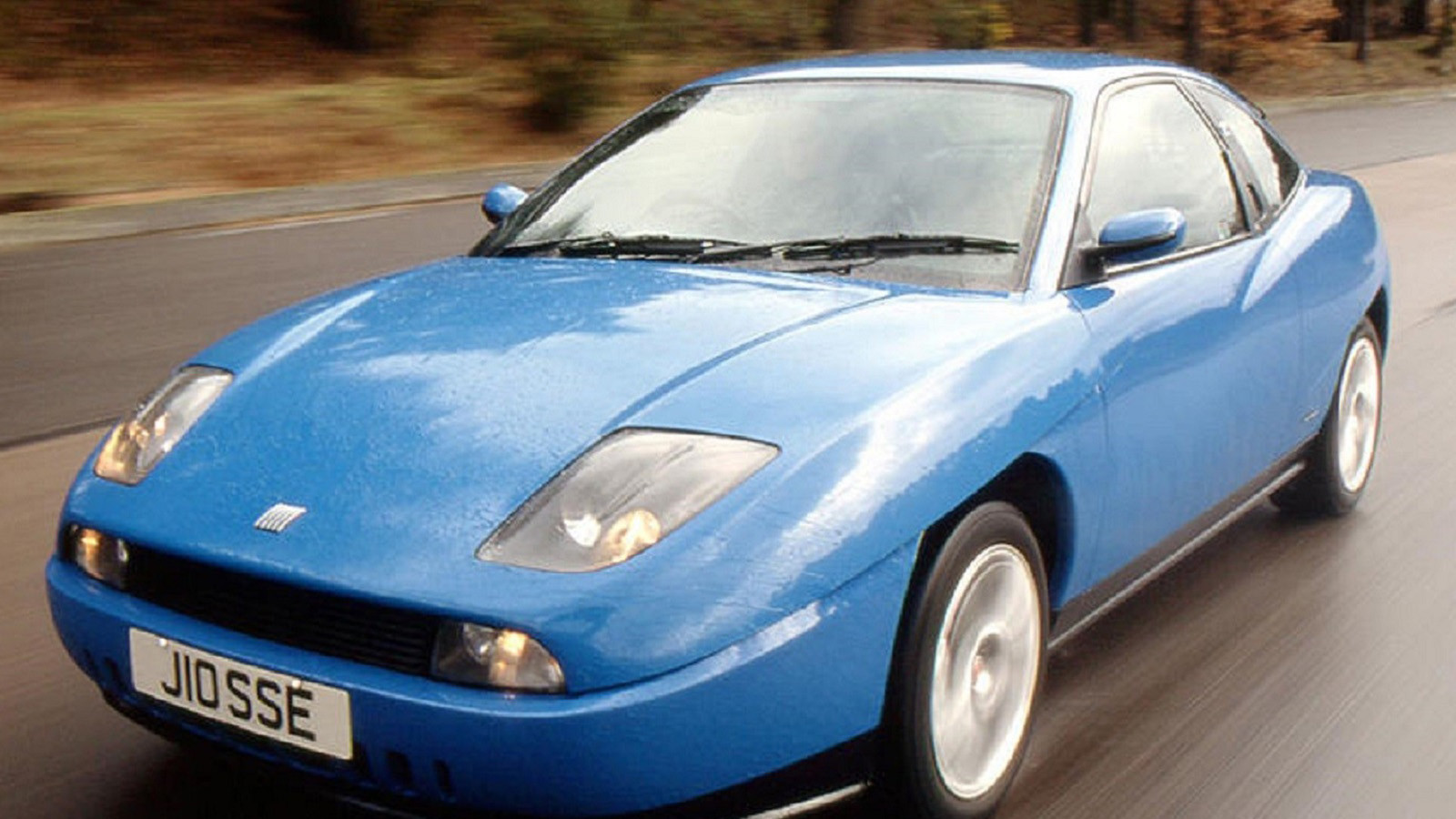 © Haymarket Automotive
© Haymarket Automotive -
 © MG Rover
© MG Rover -
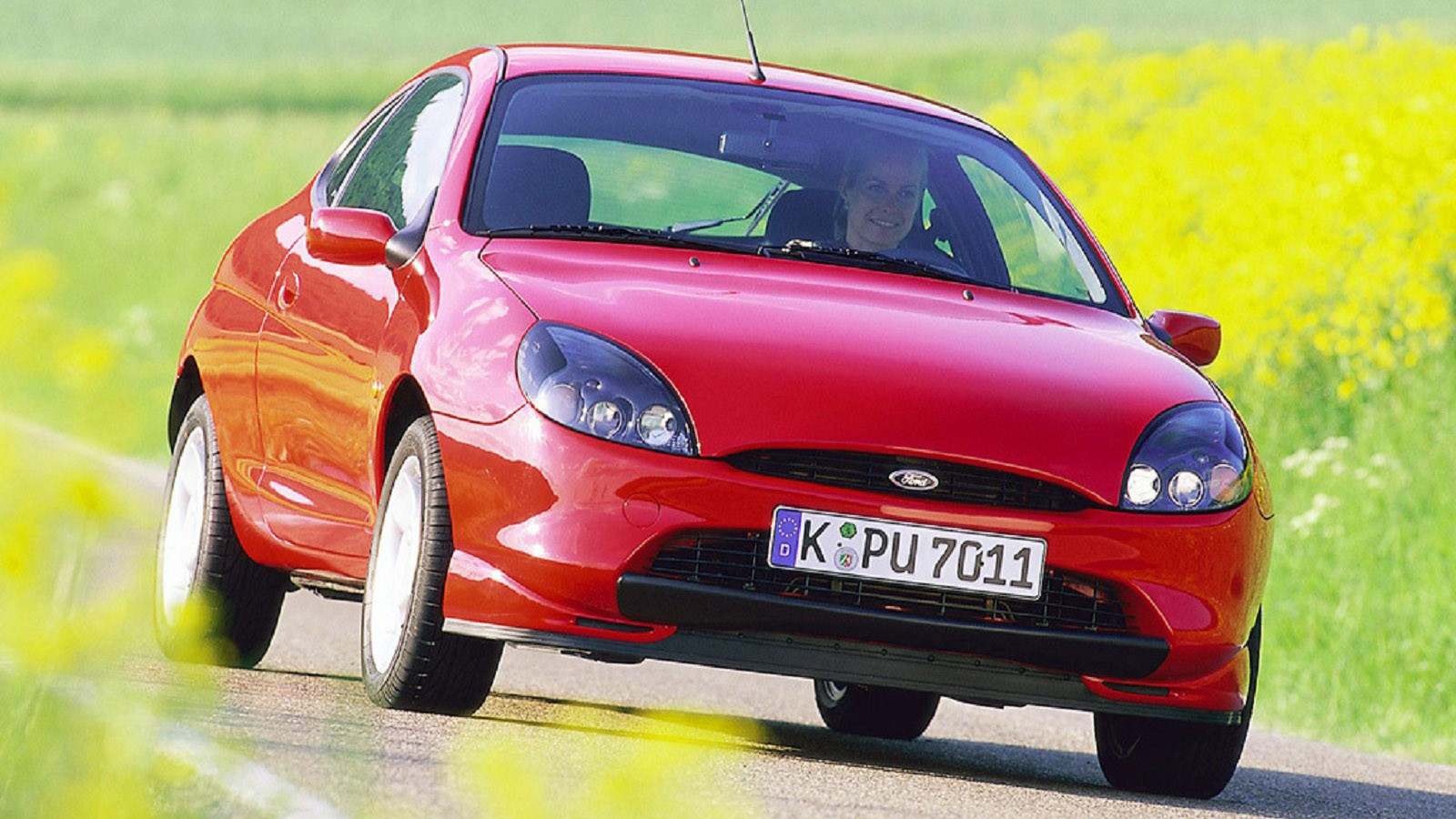 © Ford Motor Company
© Ford Motor Company
-
Affordable cars with the X-factor
Cars that create instant desire often come with price-tags that quickly dampen a buyer’s ardour, but not these ones.
We’ve chosen a selection of lust-worthy classic cars that didn’t cost the Earth when new and went on to enjoy strong sales into the bargain.
As our choices prove, these cars can be four-door saloons or simple roadsters, coupés or rally-bred four-wheel-drive machines.
The common denominator is they all inspired desire in customers, while being realistically priced. The cars are presented in chronological order.
-
1. 1953 Chevrolet Corvette
Across eight generations to date, the Chevrolet Corvette has been a sports car that everyone in the US and beyond could aspire to.
Its sleek styling has always been a large part of its allure and key to its sales success – more than 1.8 million have been built since 1953.
It’s a testament to the Corvette’s mass appeal that it enjoyed its best sales year in 1979, with 53,807 sold, despite the V8 engine’s power being restricted.
Personalisation has also been key to the Corvette’s enduring success, and there’s a long history of owners increasing engine power to improve performance.
-
2. 1955 Volkswagen Karmann Ghia
You don’t get more mass market than the Volkswagen Beetle, yet VW found a way to bring some eye candy to its range with the Karmann Ghia in 1955.
Using the same floorpan as the standard Beetle, Karmann was tasked with creating a sleek coupé and did it brilliantly.
To further add to the Karmann Ghia’s kerb appeal, its better aerodynamics made it marginally quicker than a Beetle, even when using the same engine.
With such a good-looking car, it’s little wonder VW shifted 364,401 coupés and a further 80,899 convertible versions of the Karmann Ghia.
-
3. 1956 Citroën DS
Effortlessly proving that you don’t need a two-door coupé or convertible to create a car that’s instantly lust-worthy, the Citroën DS remains as in-demand now as it did when launched in 1956.
In a world of upright saloons, the swoopy DS was entirely different to look at and it was just as radical under the skin, with its front-wheel drive and hydropneumatic suspension.
At its unveiling at the Paris motor show, Citroën took 12,000 orders for the DS in the first day and never looked back, selling a total of 1,455,746 up to the model’s end in 1975.
-
4. 1958 Austin-Healey Sprite
A bit of cold-hearted cost-cutting that axed pop-up headlights for the Austin-Healey Sprite ended up being the making of this car and gifted it the ‘Frogeye’ nickname, or ‘Bugeye’ in the US.
The cheeky looks of the Sprite were matched by its fun driving manners, with just enough power from the 948cc A-series engine to feel sporty, yet cost buttons to run.
At its launch, the Sprite was the cheapest mass-produced sports car you could buy, and almost 40,000 found eager customers between 1958 and 1961, before the restyled model and its MG Midget sibling carried on the line.
-
5. 1962 MGB
If your budget couldn’t stretch to a Jaguar E-type, MG had just the answer with its new B roadster that arrived a year after the seminal Jaguar.
While the E-type remained exclusive, the open-top B didn’t waste any time in finding a broad and willing buying public, selling 115,898 of the roadster by 1967.
The pretty two-seater roadster was joined by an equally svelte GT coupé in 1965, which added a further 21,835 to the sales tally by the time the Mk2 B arrived in 1967.
MG added to the B’s showroom lure with more potent versions in the shape of the C and V8, which helped push total sales to more than half a million.
-
6. 1962 Renault Caravelle
The Renault Caravelle, which was known as the Floride in Europe between 1958 and 1962, used the Dauphine Gordini as its base, but with stylish bodywork penned by Frua.
This combination was more than enough to give the Caravelle plenty of showroom pull – and helped it hit a total of 117,000 sales by the end of its production life in 1968.
Customers had a choice of a coupé or a convertible, and both shared the Dauphine’s rear-engined layout.
The Floride made do with a 845cc engine, but the Caravelle enjoyed 956cc and 1108cc engines for improved performance to match its sophisticated looks.
-
7. 1962 Triumph Spitfire
Triumph already had its TR sports-car range, but the new-for-1962 Spitfire cost about three quarters the price of the TR4.
That cost advantage mixed with the Spitfire’s clean lines from Michelotti to make this a big hit for Triumph – and gave it a direct rival for the MG Midget.
It didn’t matter that underneath the Spitfire’s two-seat, sports-car shape sat the chassis and mechanical bits from a Triumph Herald.
Through small improvements over the years, the Spitfire remained in production until 1980 and Triumph sold an impressive 314,331 examples.
-
8. 1964 Ford Mustang
The Ford Mustang is the dictionary definition of a mass-market car with plenty of sassy appeal.
Yet even Ford was taken by surprise at just how popular its new sports car was when it was launched in 1964.
Ford had thought it might sell 100,000 Mustangs a year thanks to its sharp looks, good performance and attractive pricing.
Yet even the Blue Oval was taken aback when demand reached 400,000 in the first year – and Ford had built its one millionth Mustang within two years of its launch.
From that point on, the Mustang never looked back and has been a constant in the US and beyond as a car for anyone wanting something slick and easy on the wallet.
-
9. 1966 Fiat 124 Coupé
In the late 1960s, there was no shortage of handsome coupés you could choose from Fiat’s line-up, yet the 124 was the one that found by far the most buyers.
Its huge appeal came from a blend of keen pricing, a true 100mph top speed and nimble handling, which made it a hit with many drivers looking for something sporty that wouldn’t bruise their bank balance.
Some reckoned the Fiat 124 Coupé’s in-house styling was not as deft as the Bertone-design Dino coupé, but its clean lines still cut a dash next to most cars of the time.
As a measure of its success, Fiat shifted around 380,000 124 Coupés between 1966 and 1972.
-
10. 1968 Opel GT
The Opel GT was intended as a scaled-down Chevrolet Corvette for European drivers, yet it enjoyed most of its sales volume in the US.
That helps account for the 103,373 GTs built during its life between 1968 and 1973.
The popularity of the GT can largely be attributed to its swoopy looks, which gave it an instant appeal to many buyers.
This meant the humble Kadett floorpan and modestly powered engines were of less concern to drivers who just wanted a good-looking car.
For those keen on performance to match the style, the GT was also available with a 1.9-litre engine that gave it a 115mph top speed and 0-60mph in a decent 11 secs.
-
11. 1969 Datsun 240Z
The Datsun 240Z famously became the world’s best-selling sports car, though this does include figures from the 260Z and 280Z that arrived after the original had ceased production.
Taking just the 240Z, 168,584 examples were sold from its launch until the end of its life in 1974, which is still very impressive.
It’s easy to understand the lure of the 240Z when you see its classic long-bonnet, short-rear stance.
This is backed up by the feisty six-cylinder engine and rear-drive layout that made it good for 125mph and 0-60mph 8.3 secs.
-
12. 1969 Ford Capri
Ford billed the Capri as ‘the car you always promised yourself’ and it turned out plenty agreed.
Mustang-like fastback styling helped the Capri stand out from the crowd, so it didn’t really matter whether you chose the humble 1.3-litre model or the rapid 3-litre V6.
Such a spread of engine options, with 1.6- and 2-litre motors also available, helped the Ford Capri offer a model for almost any budget and driving needs.
You could also personalise its specification to suit your tastes, adding further to its temptations.
It proved an enduring formula for Ford, and the Capri lasted up to 1987 across three generations and a total production of almost 1.9 million.
-
13. 1970 Pontiac Firebird
Pontiac’s Firebird had been a good response to the Ford Mustang, but the first-generation model did not sell in anything like the same numbers as its key rival.
The second-generation Firebird, on the other hand, found many more willing and keen customers.
The good looks of the new-for-1970 Firebird were just the right balance of classy coupé elegance and muscle-car aggression.
You could have a six-cylinder engine if you were on a tight budget, but most Firebirds left the factory with a V8, further underscoring its sporting credentials.
While the Ford Mustang lost its way a little in the 1970s, the Firebird developed a huge following and sold a massive 1,179,416 cars by the time it was replaced by the third-generation model in 1982.
-
14. 1970 Toyota Celica
If the Datsun 240Z had been a warning rumble of thunder that Japanese car makers were on their way in the sports-car market, the Toyota Celica was the ensuing deluge.
It arrived in 1970 with pert, mini muscle-car attitude that made it an instant hit with buyers around the world.
Revvy 1.6- and 2-litre engines delivered the performance promised by its looks, and gave the Ford Capri plenty to worry about.
Excellent reliability allied to nimble handling only made the Celica more appealing, so it’s little surprise that around 1.5 million were sold up to 1977.
-
15. 1972 Fiat X1/9
The Fiat X1/9 was not the first small, mid-engined sports car to go on sale, but it was the first to make this configuration available to the masses at a reasonable price.
The Bertone design gave it the right balance despite its small size, while zesty 1.3- and 1.5-litre engines endowed the Fiat with enough performance for it to be great entertainment.
A removable targa roof panel added open-air driving to the X1/9’s already heady allure and this sharp-looking sports car went on to sell 141,108 cars in its 17-year production span.
-
16. 1973 Lancia Beta Coupé/Spider
Lancia was still considered a cut above the herd when it launched its Beta Coupé and Spider models in 1973 and 1975 respectively.
That image didn’t stop these sporting Beta models from finding favour with buyers who loved the neat lines and punchy engines.
There was even a supercharged Volumex model, which shared its engine with the HPE sporting estate.
The Spider was a rare sight with 9390 sold, but the Coupé enjoyed considerable success with sales of 111,801.
-
17. 1974 Volkswagen Scirocco
Just as Ford based its Capri on the mainstream Cortina, Volkswagen adapted the Golf floorpan for its new coupé, the Scirocco.
The Scirocco was launched two months ahead of the Golf, complete with neat Giugiaro styling for the two-door coupé.
It was very much a coupé for the time and made several rivals look dated.
Unlike the Capri, the Scirocco was front-wheel drive with a transverse engine, but that didn’t stop buyers from flocking to this fine-handling car.
By 1981, VW had sold more than half a million Sciroccos and the second-generation model went on to add a further 340,700 to that tally.
-
18. 1975 Opel Manta
Opel had offered a Manta coupé before with the A model, but the Manta B was a much more concerted effort to create a rival for the Ford Capri.
It followed the Capri’s formula of using a mainstream saloon as its base, which made the Manta affordable. It was also offered in the UK as the Vauxhall Cavalier Coupé.
Fine handling and good performance made the Manta a popular choice, and it developed into the excellent GT/E with that model’s fuel-injected, 2-litre engine.
Offered in coupé and fastback body shapes, the Manta provided chic looks without steep costs.
That accounts for why this likeable coupé found more than 600,000 buyers between 1975 and 1988.
-
19. 1976 Porsche 924
Porsche was an exclusive brand with prices and small production numbers to prove it, right up until the launch of the 924.
Suddenly, a lot of people could afford to drive a brand-new Porsche, because it was around half the price of a contemporary 911.
This meant the 924 was in contention with the Ford Capri, Datsun 260Z and Mazda RX-7, among many others.
The 2-litre engine may not have made it the fastest in the coupé pack, but its handling and quality made it a sure-fire hit with buyers.
Porsche addressed the performance issue with the more powerful 924S and turbo models.
Altogether, the 924 range sold almost 135,000 units, to make it the best-selling car Porsche had built up to that point.
-
20. 1978 Mazda RX-7
If anyone tells you a rotary-engined car can never be successful, point them in the direction of the original Mazda RX-7. It enjoyed huge sales as an affordable coupé with bags of street cred.
The clean-cut lines of the RX-7 were only part of its mass appeal, because under the bonnet lay a very clever engine with strong performance, despite its nominal 1.1-litre capacity.
This twin-rotor engine delivered smooth power and offered 0-60mph in 8.6 secs. There was also a turbo conversion for anyone who wanted more oomph.
In spite of, or perhaps because of, its unusual approach, the RX-7 was a winner for Mazda and notched up 474,565 sales for the first-generation model.
-
21. 1983 Pontiac Fiero
The Pontiac Fiero is often viewed as a flop, yet here is the first mid-engined, mass-produced car from the US which racked up sales of 355,000 in four years.
Plenty of car makers would view that as a great success, and plenty of buyers flocked to the Pontiac for its neat looks and sporting design.
It was hampered by the original 2.5-litre, four-cylinder engine being sluggish, but that was solved with a 2.8 V6.
More of a drag on sales was the Fiero being billed as a fuel-efficient car when new, rather than as a fun sports car.
Even so, it developed into a decent machine during its five years in showrooms.
-
22. 1984 Toyota MR2
If hot hatches were the way to tempt buyers into affordable sports cars in the 1980s, nobody had paid any attention at Toyota.
It came up with a very different take on the theme with its mid-engined MR2.
Zippy performance and the option of removable roof panels gave the MR2 something of the appeal of the by-then defunct MG Midget and Triumph Spitfire.
Excellent reliability and build quality were also defining traits of the new Toyota.
Driving an MR2 set you apart from the hatchback crowd and Toyota did brisk trade with its sports car, selling 166,104 of the first-generation model and plenty more with two subsequent generations.
-
23. 1988 Volkswagen Corrado
When the Volkswagen Corrado went on sale in 1988, it was a bit more expensive than most of its main rivals.
That did nothing to deter buyers, who were keen to enjoy this successor to the Scirocco and find out what all the fuss was about in the motoring press that had heaped praise on the VW’s handling.
It more than lived up to the hype and was even better with the supercharged 1.8-litre engine.
More was to come when VW fitted its sonorous 2.8-litre VR6 motor that delivered 0-60mph in 6.4 secs and 143mph.
Little wonder the VW Corrado found more than 100,000 happy customers when new.
-
24. 1989 Mazda MX-5
The Mazda MX-5 may not have been mechanically radical, but it reinvented the low-cost roadster and caught the rest of the automotive world napping.
Its looks were clearly taken from the original Lotus Elan, and it had a zingy, twin-cam, four-cylinder engine under the bonnet that sent power to the back wheels for excellent handling.
A snug cabin with a weather-tight folding roof added practicality.
All of this was too much to resist at a price almost any new-car buyer could afford in 1989, and the Mk1 MX-5 went on to sell a huge 421,107 cars by the time it was replaced by the Mk2 in 1998.
-
25. 1989 Vauxhall Calibra
Vauxhall’s answer to the Volkswagen Corrado might have been based on the less-than-inspiring Cavalier, but that didn’t put off buyers.
Simply put, the Calibra looked great and that was enough for most customers.
The looks had been honed in the wind tunnel and the Calibra was the most aerodynamic production car in the world at its launch with a drag coefficient of 0.26Cd.
However, it was also a very pretty coupé, so mixed design with desire very ably.
Select the Calibra with one of its more potent engines and it was a quick car, too, and you had the option of four-wheel drive.
All of this was more than enough for the Calibra to rack up 238,164 sales wearing both a Vauxhall badge in the UK and an Opel badge elsewhere.
-
26. 1992 Subaru Impreza Turbo
You had to wonder how Subaru could build such an incredible machine as the Impreza Turbo for the money in 1992.
Its handling and cross-country ability seemingly defied physics, yet its list price was the same as a mid-level family car’s.
The performance from the Impreza’s offbeat flat-four, turbocharged engine was equally breathtaking, while the four-wheel drive gave it a direct link to the cars seen on rally stages.
That World Rally Championship breeding showed in how the Impreza Turbo behaved, and engendered so much of the demand and mystique around this car.
The Impreza Turbo showed that a four-door saloon could be elevated to must-have status – and it started a cult around this breed of car that continues to this day.
-
27. 1994 Fiat Coupé
Fiat stunned the world with its Coupé in 1994. The Italian firm had not had a coupé in its line-up since the 1970s, yet here was a car that instantly put it at the top of pile for desirability.
Designed by Chris Bangle, the Coupé was dramatically modern, yet retained the curves expected of an Italian sporting car.
It also neatly integrated the headlights into the bonnet for a sleek style, despite being front-wheel drive.
There was a choice of engines that included a potent turbocharged five-cylinder unit.
It made the Coupé a bit of handful to drive quickly, but also added to the undoubted lustre of this fabulous Fiat that went on to sell 72,762 examples in total.
-
28. 1995 MGF
MG timed it to perfection with the F. Not only was it the first serious threat to the Mazda MX-5, it arrived just ahead of the Lotus Elise that used the same mid-mounted, 1.8-litre engine.
By comparison with the already great-value Elise, the MGF seemed ridiculously cheap.
Not that it drove like a low-budget car. Its Hydragas suspension and near-perfect balance made it a joy to drive quickly, plus it was the ideal introduction to mid-engined sports cars for drivers brought up on front-drive hatches.
Just as importantly, the F reinvigorated the MG name to a new generation of drivers by doing what this company had always done best – building great sports cars at sensible money.
-
29. 1997 Ford Puma
You could have forgiven Ford for abandoning the coupé idea after the lukewarm reception to its Probe. Luckily, the marque stuck with it and gave us the Puma.
Using the humble but great-to-drive Fiesta as its base, the Puma looked exclusive and classy, but cost no more than many superminis.
Ford also blessed it with a brilliant 1.7-litre engine with variable valve timing, which gave nippy performance.
As if all of that was not sufficient to convince buyers, Ford came up with a television advert that resurrected Steve McQueen in Bullitt. After that, the orders came flooding in.
